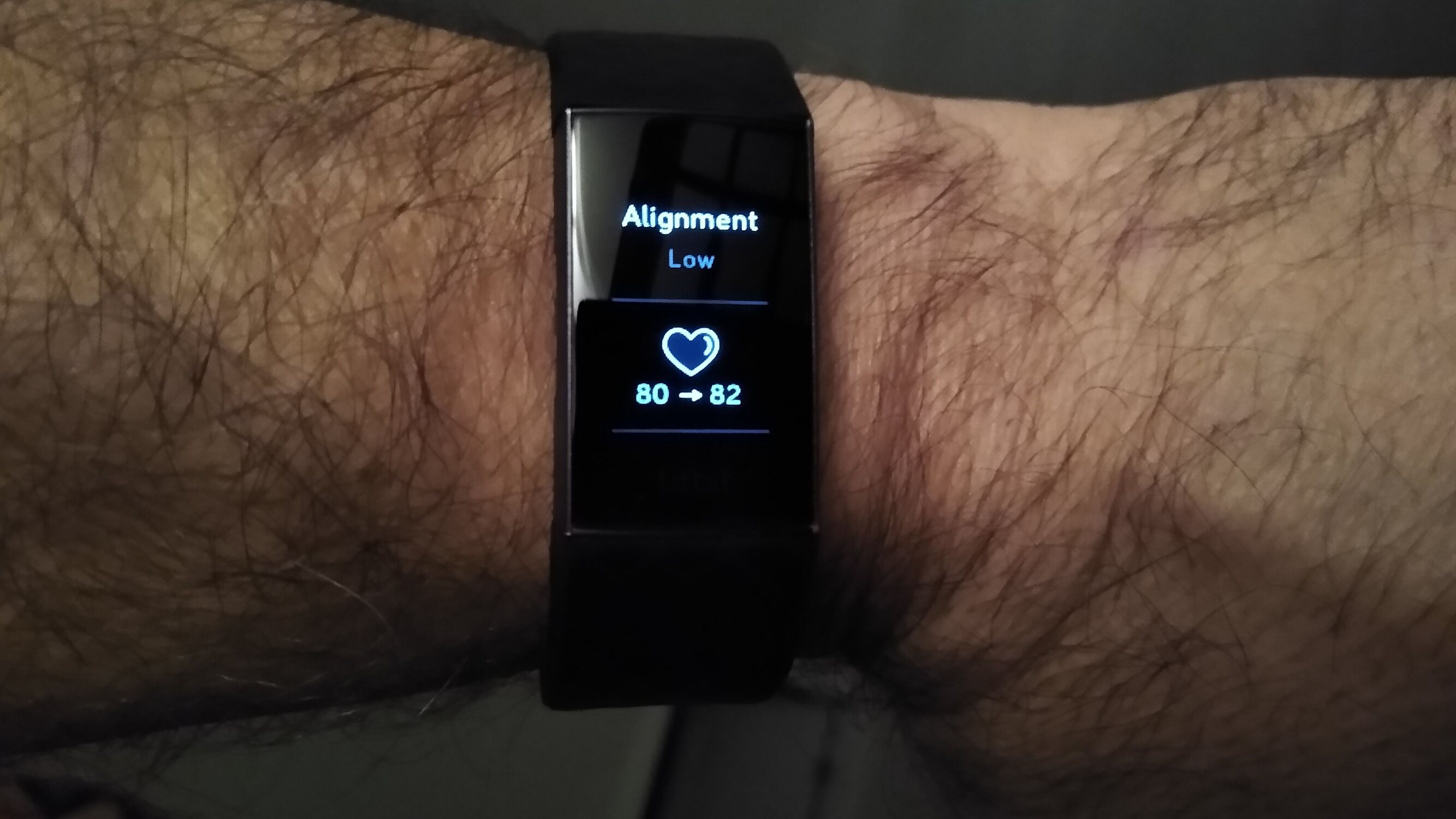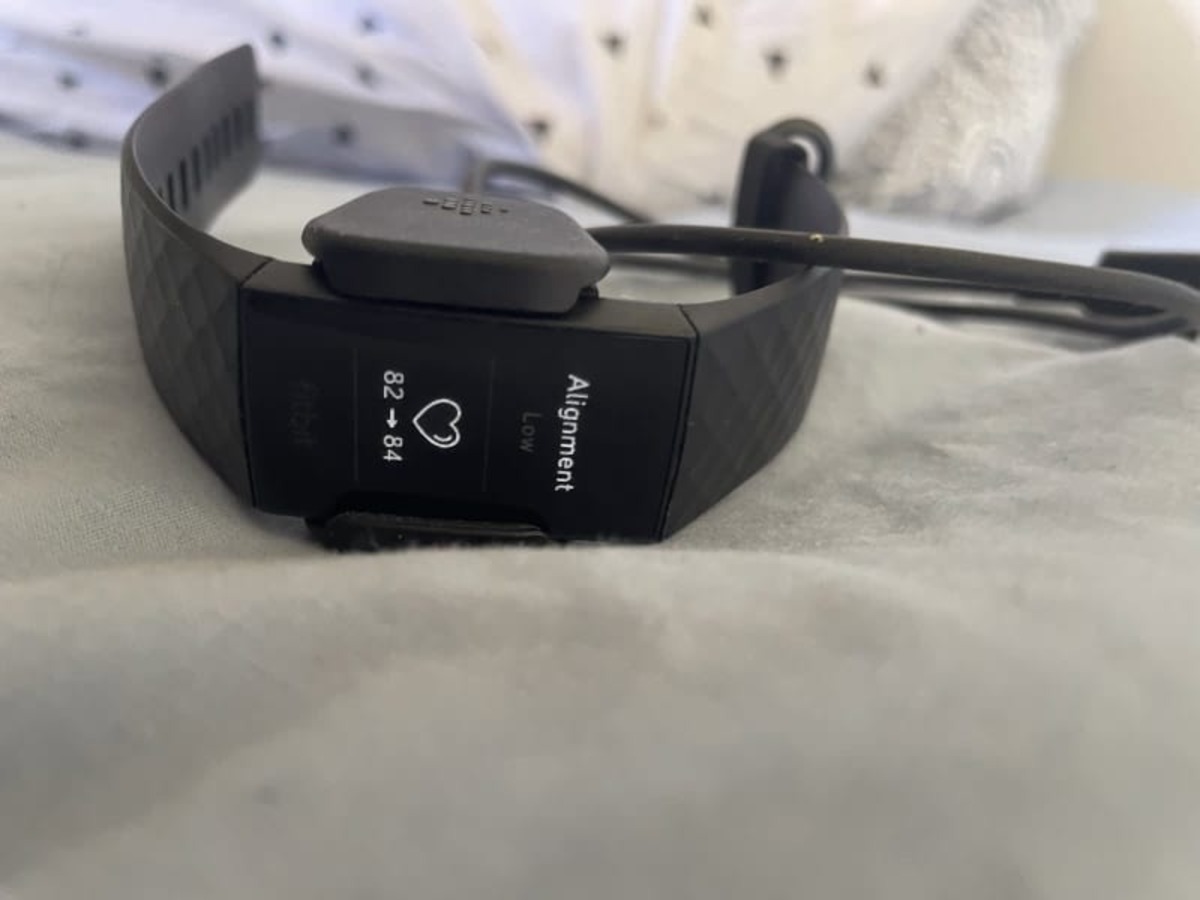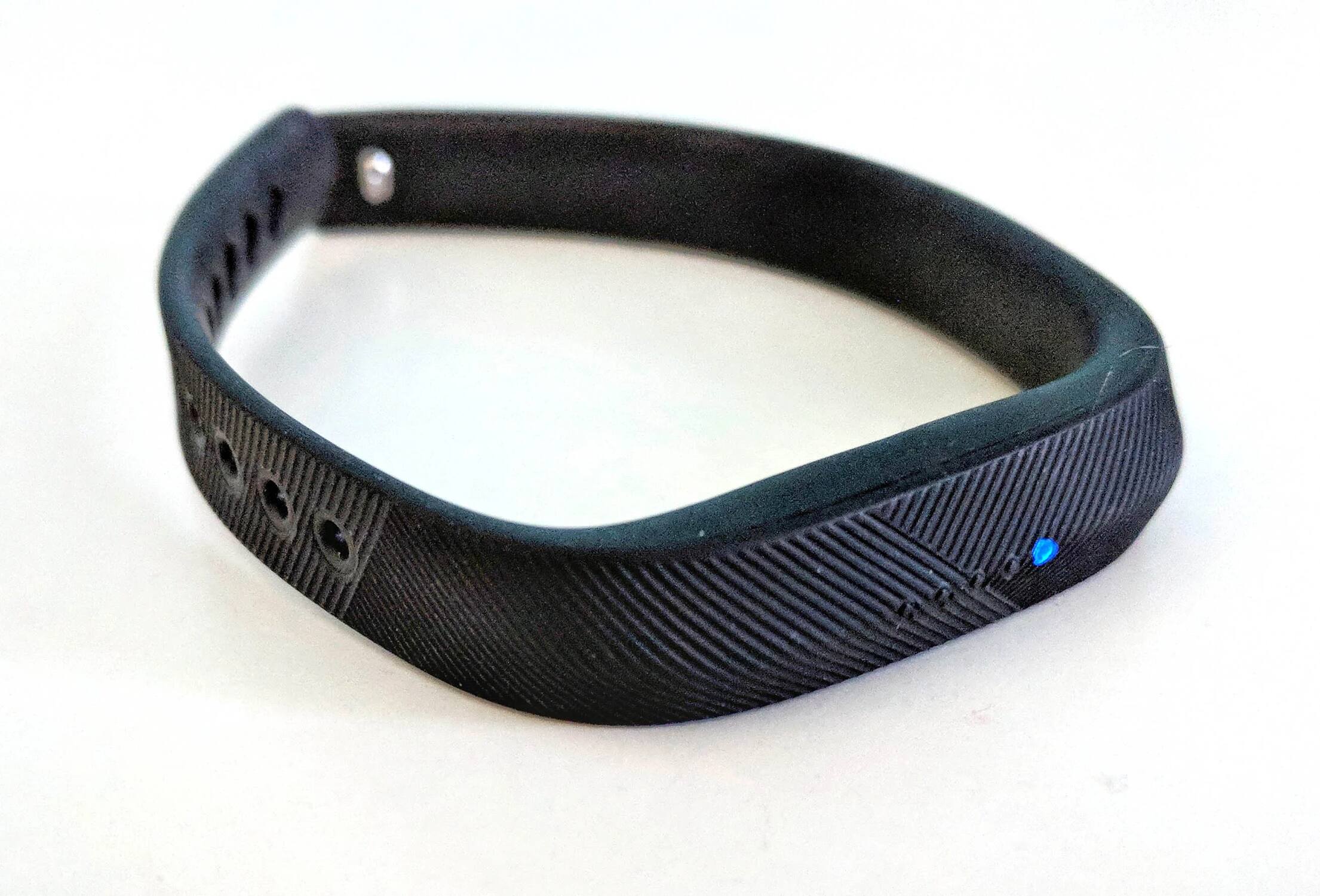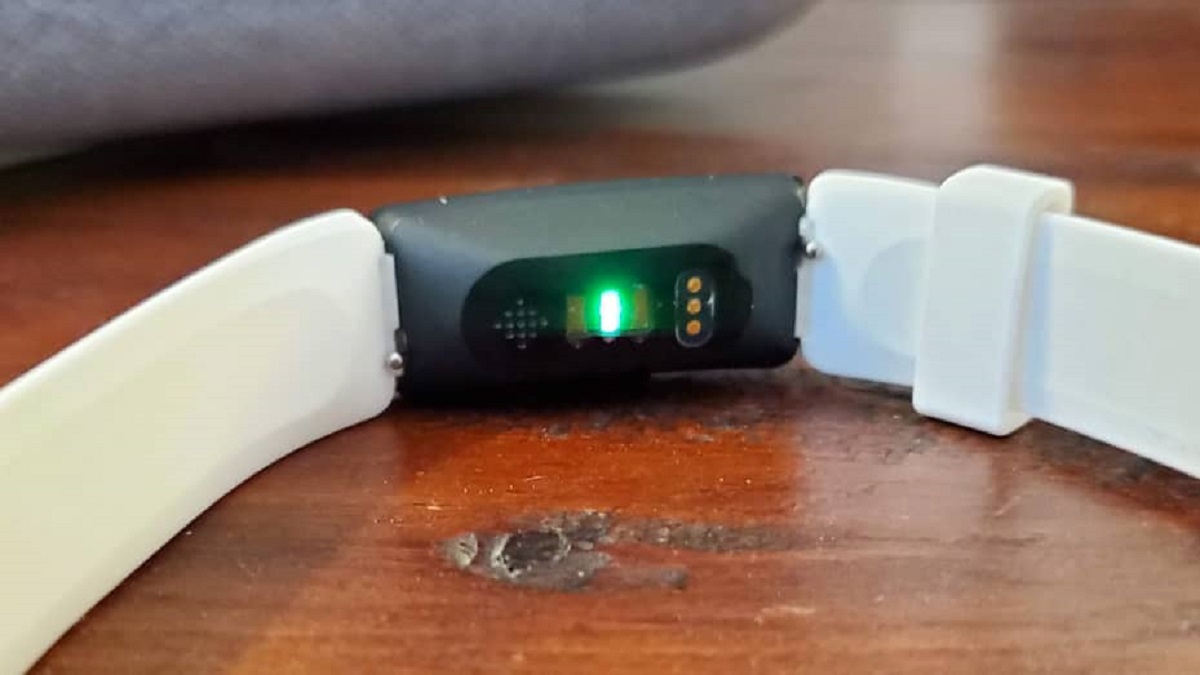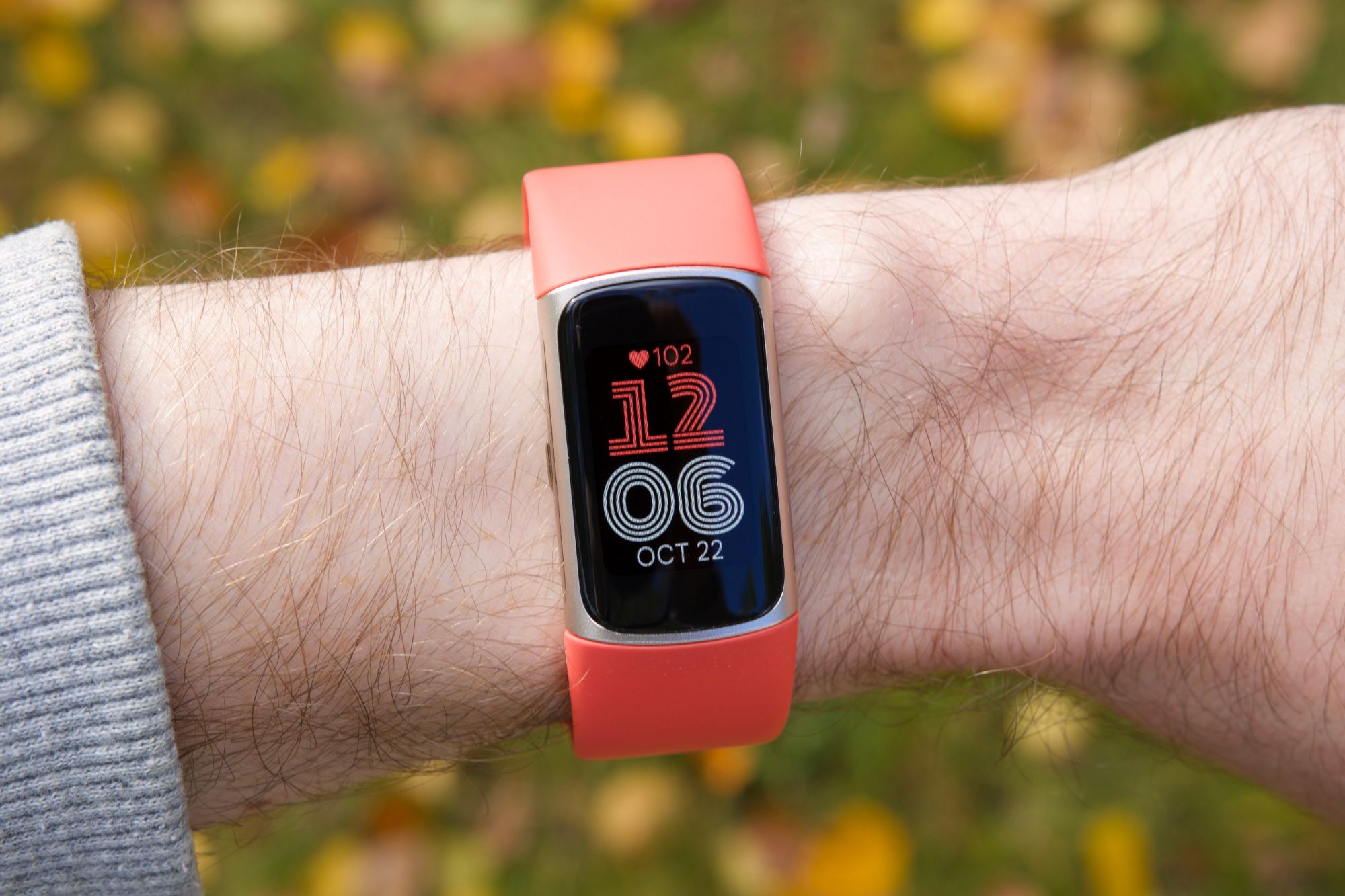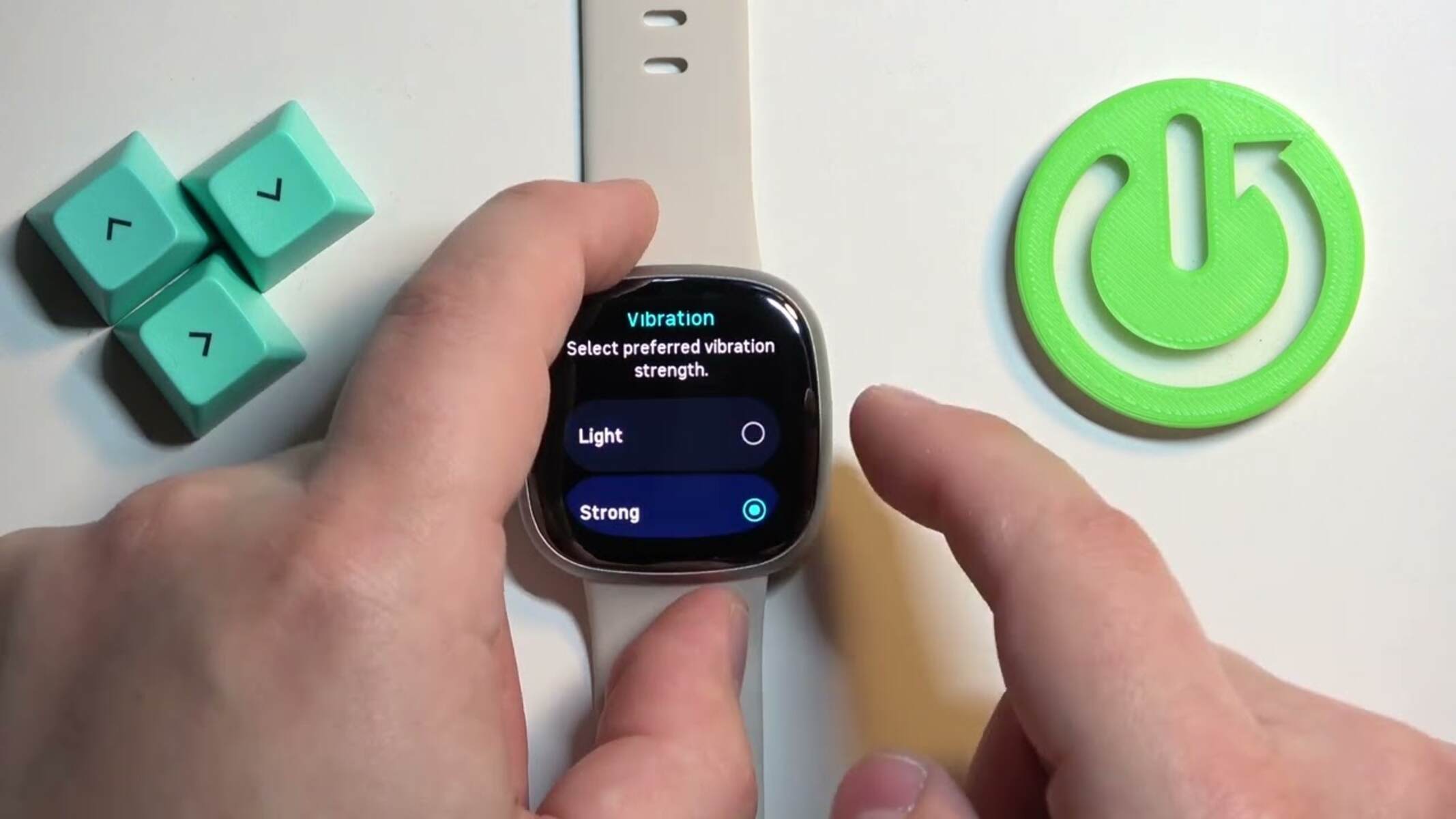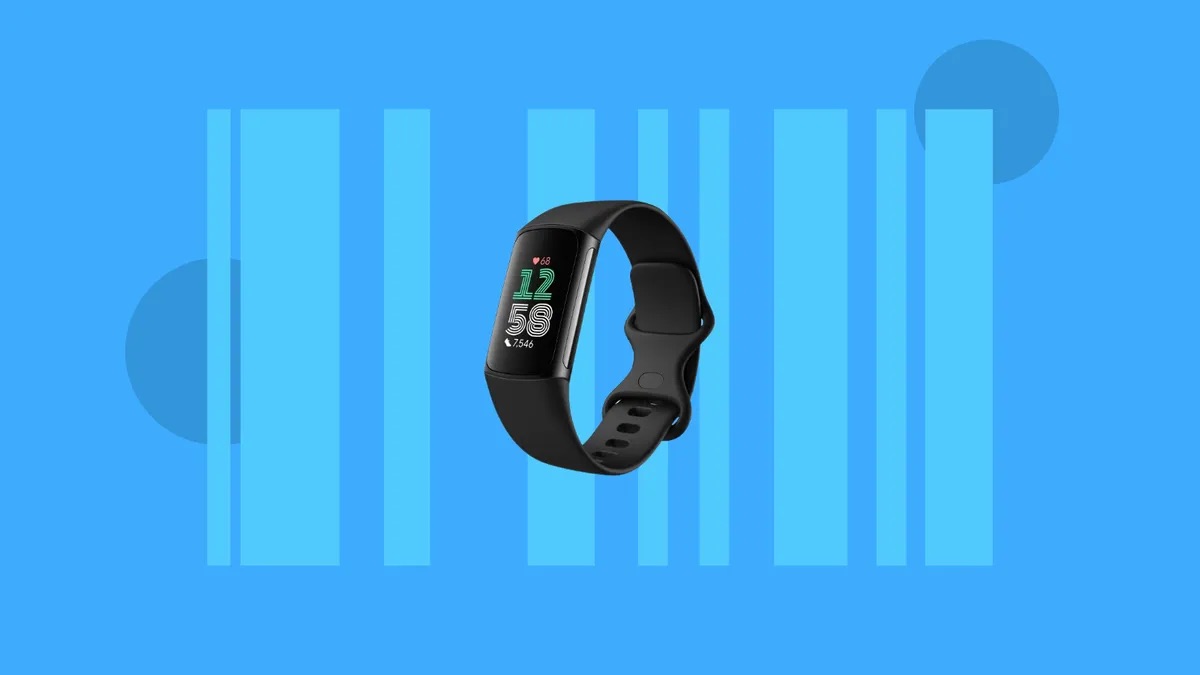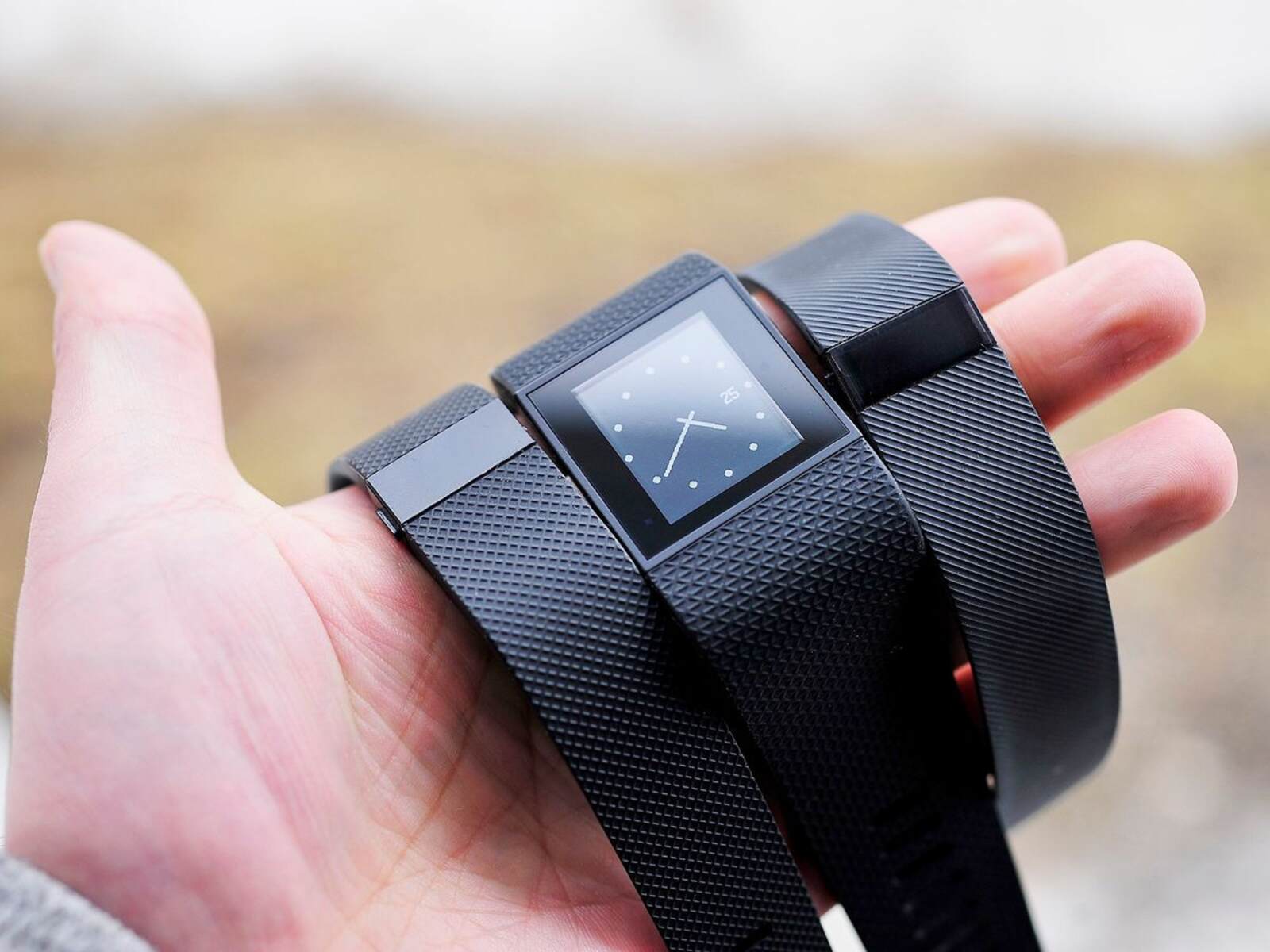Introduction
When it comes to optimizing our health and fitness, wearable devices have become indispensable tools, providing valuable insights and motivation to help us achieve our wellness goals. Among these, Fitbit has emerged as a leading brand, offering a range of features designed to support users in their fitness journeys. One such feature that has garnered attention is the alignment alert, specifically the "Low Alignment" alert. Understanding the significance of this alert and how to address it is crucial for maximizing the benefits of your Fitbit device.
In this comprehensive guide, we will delve into the concept of alignment in the context of Fitbit, shed light on what "Low Alignment" alerts signify, and provide actionable strategies to effectively manage and resolve these alerts. Whether you are a seasoned Fitbit user or new to the world of wearable fitness technology, this article aims to equip you with the knowledge and insights necessary to make the most of your Fitbit experience. So, let's embark on this journey to unravel the mysteries of Fitbit alignment alerts and empower ourselves with the information needed to optimize our fitness tracking and overall well-being.
What is Alignment in the Context of Fitbit?
In the context of Fitbit, "alignment" refers to the proper calibration and synchronization of the device's sensors and tracking mechanisms to ensure accurate data collection. This alignment is crucial for the device to effectively monitor various aspects of the user's physical activity, such as steps taken, distance covered, calories burned, and even sleep patterns. Essentially, it enables the Fitbit device to provide users with precise and reliable information regarding their daily activities and overall fitness progress.
The alignment process involves ensuring that the sensors within the Fitbit device are accurately calibrated to capture movements and physiological signals in a consistent and accurate manner. This calibration is essential for generating reliable data that users can trust to make informed decisions about their health and fitness routines.
Fitbit devices utilize a combination of accelerometers, heart rate monitors, and other sensors to track and record physical activity and biometric data. Proper alignment ensures that these sensors work harmoniously and provide users with a comprehensive and accurate overview of their daily physical exertion, exercise intensity, and overall health metrics.
In essence, alignment in the context of Fitbit is the foundation upon which the device's ability to track and monitor fitness-related data is built. It serves as the cornerstone of the user experience, enabling individuals to rely on the information provided by their Fitbit devices to make meaningful adjustments to their lifestyle, exercise routines, and overall well-being.
Understanding the significance of alignment in the context of Fitbit sets the stage for comprehending the implications of "Low Alignment" alerts, which we will explore in the subsequent section. By grasping the fundamental role of alignment, users can appreciate the importance of addressing alignment-related issues to ensure the accuracy and reliability of their Fitbit data.
Understanding "Low Alignment" Alerts
When your Fitbit device displays a "Low Alignment" alert, it signifies that the sensors within the device are experiencing challenges in accurately capturing and interpreting your physical movements and biometric data. This alert serves as a proactive notification, aiming to alert users about potential inaccuracies or inconsistencies in the data being recorded.
The "Low Alignment" alert is a critical indicator that the alignment of the device's sensors may have deviated from the optimal parameters required for precise data collection. This deviation can result from various factors, such as changes in the device's positioning on the body, mechanical stress on the sensors, or even software-related issues affecting sensor calibration.
It's important to recognize that receiving a "Low Alignment" alert doesn't necessarily imply a malfunction or defect in the Fitbit device. Instead, it serves as a prompt for users to assess and, if necessary, recalibrate their device to ensure the ongoing accuracy of the data being collected.
Users should view "Low Alignment" alerts as valuable insights rather than causes for concern. By acknowledging and addressing these alerts promptly, individuals can maintain the integrity of their fitness tracking and ensure that the information provided by their Fitbit device remains reliable and actionable.
Addressing "Low Alignment" alerts involves taking proactive measures to realign the device's sensors and optimize their performance. This may include repositioning the Fitbit device on the body to ensure a secure and consistent fit, checking for any physical obstructions or damage to the sensors, and verifying that the device's software is up to date to support accurate sensor calibration.
Furthermore, users can leverage the guidance provided by Fitbit's support resources and user manuals to gain a deeper understanding of the alignment process and troubleshoot any persistent alignment issues effectively.
By comprehending the implications of "Low Alignment" alerts and taking proactive steps to address them, users can uphold the accuracy and reliability of their Fitbit data, empowering themselves to make informed decisions regarding their fitness and well-being.
Understanding the significance of "Low Alignment" alerts is pivotal in maximizing the benefits of your Fitbit device and ensuring that it continues to serve as a trustworthy companion in your health and fitness journey.
How to Address Low Alignment Alerts
Upon receiving a "Low Alignment" alert on your Fitbit device, it is essential to take proactive steps to realign the sensors and restore the accuracy of your fitness tracking. Here's a comprehensive guide on how to address "Low Alignment" alerts effectively:
-
Check Device Positioning: Begin by ensuring that your Fitbit device is positioned correctly on your body. The optimal placement varies depending on the specific model of your Fitbit device. Consult the user manual or Fitbit's official guidelines to verify the recommended positioning for your device. Adjusting the placement can significantly impact the alignment of the sensors and improve the accuracy of data collection.
-
Inspect for Obstructions and Damage: Thoroughly examine the sensors on your Fitbit device for any physical obstructions or signs of damage. Accumulated dirt, sweat, or debris can impede the sensors' functionality, leading to alignment issues. Clean the sensors gently using a soft, dry cloth to ensure unobstructed sensor performance. Additionally, check for any visible damage to the sensors and seek assistance from Fitbit's customer support if necessary.
-
Software Update: Ensure that your Fitbit device's software is up to date. Software updates often include enhancements to sensor calibration and data collection algorithms, which can address alignment issues. Access the Fitbit app on your paired smartphone or computer to check for available updates and install them as needed.
-
Reset and Reboot: If the "Low Alignment" alert persists, consider resetting your Fitbit device to its factory settings. This process can resolve software-related issues that may be affecting sensor alignment. Additionally, performing a reboot by powering off and restarting the device can help recalibrate the sensors and address temporary alignment discrepancies.
-
Contact Fitbit Support: In cases where persistent "Low Alignment" alerts persist despite troubleshooting efforts, reaching out to Fitbit's customer support can provide valuable assistance. Fitbit's support team can offer personalized guidance, troubleshooting assistance, and potential device diagnostics to identify and resolve underlying alignment issues.
-
Calibration and Testing: Utilize the calibration tools and features available within the Fitbit app to fine-tune the sensor alignment. These tools can guide you through the process of optimizing sensor performance based on your unique physical activities and usage patterns. Additionally, perform test activities, such as walking or running, while monitoring the data accuracy to gauge the effectiveness of the realignment efforts.
By diligently addressing "Low Alignment" alerts through these proactive measures, users can restore the accuracy and reliability of their Fitbit device's data collection. This, in turn, ensures that the fitness tracking experience remains consistent and trustworthy, empowering individuals to make informed decisions regarding their health and wellness.
Remember, staying attentive to "Low Alignment" alerts and promptly addressing them contributes to a seamless and optimized Fitbit experience, enhancing the overall effectiveness of your fitness tracking and well-being management.
Conclusion
In conclusion, understanding the nuances of alignment alerts, particularly the "Low Alignment" alert, is instrumental in harnessing the full potential of your Fitbit device. By comprehending the significance of alignment and the implications of receiving a "Low Alignment" alert, users can proactively engage in measures to maintain the accuracy and reliability of their fitness tracking data.
The "Low Alignment" alert serves as a proactive indicator, prompting users to assess and address potential deviations in sensor calibration and data collection. It is not a cause for alarm but rather an opportunity to optimize the performance of the Fitbit device and ensure the integrity of the data it provides.
Effectively addressing "Low Alignment" alerts involves a combination of proactive steps, including verifying device positioning, inspecting for obstructions and damage, updating the device's software, resetting and rebooting the device if necessary, seeking assistance from Fitbit support, and utilizing calibration tools for fine-tuning sensor alignment.
By taking these proactive measures, users can restore the accuracy and reliability of their Fitbit device's data collection, thereby empowering themselves to make informed decisions regarding their health and fitness routines. This proactive approach not only enhances the user experience but also reinforces the trust and confidence in the Fitbit device as a valuable tool for monitoring and optimizing overall well-being.
Embracing the insights provided by alignment alerts and actively engaging in the realignment process contributes to a seamless and optimized Fitbit experience. It ensures that users can rely on the data provided by their Fitbit device to make meaningful adjustments to their lifestyle, exercise routines, and overall well-being.
As we navigate the realm of wearable fitness technology, the understanding and effective management of alignment alerts, such as the "Low Alignment" alert, are pivotal in maximizing the benefits of our Fitbit devices. By staying attuned to these alerts and taking proactive steps to address them, users can elevate their fitness tracking experience and embark on a journey towards holistic well-being with confidence and precision.







